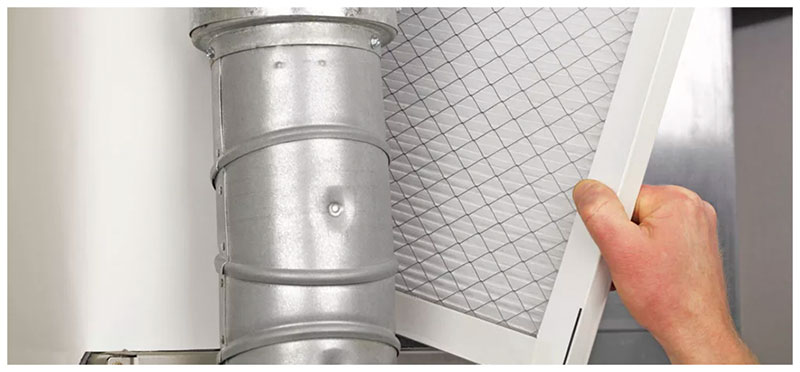Advertisement
Indoor air quality has become a growing concern as people spend more time indoors, especially in urban areas where the air quality is often poorer. By selecting the ideal air filter for your room, you may significantly improve air quality, lessen allergy and asthma symptoms, and make your home a better place to live. From HEPA filters to carbon filters, electrostatic filters, and UV-C filters, each one has its unique features and benefits.
Factors such as room size, HVAC system, air pollutants, and individual needs must be taken into account when selecting the right air filter. This blog post will help you navigate through the different types of air filters available in the market and assist you in choosing the right air filter for your space. A perfect example is 20x30x2 air filters which are a great option for large rooms or commercial spaces. A good air filter not only improves air quality but also helps reduce energy consumption and costs.
Types of Air Filters
To simplify the process, it is vital to understand the different types of air filters available on the market. Some of the most common types of air filters include the following:
1. Medium Efficiency Filters
Medium efficiency filters are often referred to as “MERV 7-13” filters and are designed to remove smaller particles such as pollen, mold spores, and animal dander from the air. A medium-efficiency filter is a good option for many commercial or industrial settings that need to maintain certain air quality while keeping operational costs down.
2. High-Efficiency Particulate Air (HEPA) Filters
High-Efficiency Particulate Air (HEPA) filters are designed to capture tiny particles that other filters might miss. In order to be designated as a HEPA filter, it must capture at least 99.97% of airborne particles that are 0.3 microns or larger. They are commonly used in medical facilities, clean rooms, and other environments where air quality is critical.
3. Activated Carbon Filters
These filters work by chemically bonding with and removing contaminants from the air through adsorption, which is the process of attracting and trapping molecules onto the surface of the activated carbon. Activated carbon filters are particularly effective at removing volatile organic compounds (VOCs), smoke, and odors from the air, making them a popular choice for those with allergies, asthma, or chemical sensitivities.
Choosing the Right Air Filter for Your Space
With so many different types of air filters available, it can be challenging to know which one is right for your space. The best way to select an air filter for your space is as follows:
- Consider the Size of Your Room or Area: The size of the room or area that needs to be filtered is an important factor when selecting an air filter. Smaller rooms will require smaller filters, while larger areas may need bigger, more powerful filters.
- Determine How Much Filtration You Need: Different types of air filters offer different levels of filtration. Depending on the type and size of pollutants you are trying to remove from your space, you will need to determine how much filtration is necessary for optimal air quality.
- Evaluating Cost Versus Quality: When selecting an air filtration system, it is important to consider both quality and cost. While a higher quality filter may cost more upfront, it will save you money in the long run by reducing the need for frequent replacement filters and increasing energy efficiency
In Conclusion
Choosing the right air filter for your space is crucial to improving air quality and maintaining a healthy and comfortable environment. There are a variety of factors to consider, such as your specific needs, the size of your room, and the efficiency level of the filter. Whether you’re looking to filter out allergens and pollutants or simply want to keep your space clean, there is an air filter available for every need.

